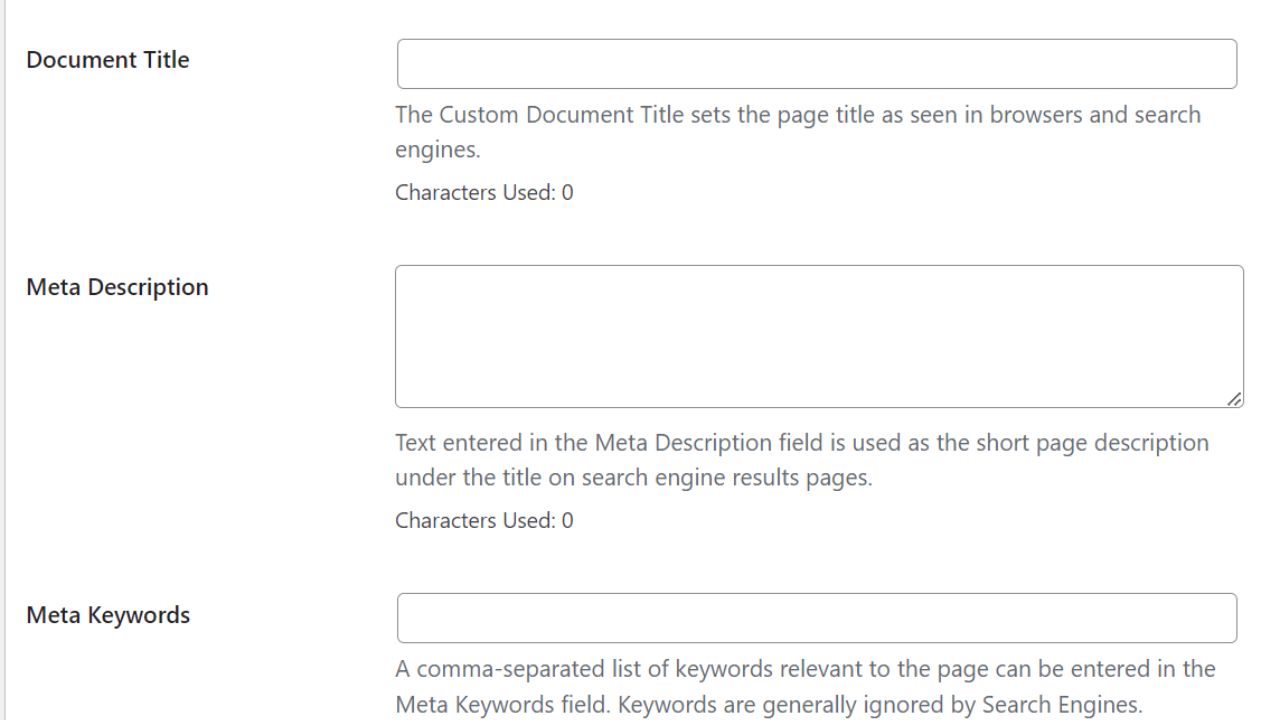
To be able to tell that one’s content is relevant for a user as well as for search engines, you should put one’s keywords with the right strategy. Here are key places where you can add your keywords

Page Title (Title Tag): Make sure you put your main keyword on your website’s title tag. Search engines use this as one of the vital components in understanding what your page is all about. Ensure that the title attracts readers’ interest and reflects the essence of the work.
Meta Description: Provide an attractive short meta description with your key phrase. Though meta descriptions do not straighten up ratings they can bring in click through fees on search outcomes.
URL: Include your main keyword even on the URL of your website if you can. Using a simple, understandable, and straightforward URL can help to improve how consumers interpret a website while also contributing to the site’s SEO.
Heading Tags (H1, H2, H3, etc.): Tag your content using headings. Your main and supplementary keywords should also appear in the appropriate headings or subheadings of your article. It normally denotes a headline for the page.
First Paragraph: Ensure that you use your main keyword in the very first part of your content naturally. This facilitates search engines in finding the crux of your page.
Throughout the Content: Distribute your keywords normally across the content’s main body. Try to use keywords in a way that will be easy on reading and make user’s experience worthwhile. Make sure to avoid the use of keywords stuffing that will attract the penality of search engines.
Image Alt Text: For a picture description make use of your keyword in alternative text. This also aids in search engine optimization (SEO) and makes it easier for visually impaired persons to use.
Internal and External Links: Use appropriate keywords in the anchor texts you are using for internal links, as well as outside sources. This enables search engines to analyze the nature of the connected data.
Header and Footer: Important information can be found in headers and footers of some websites. If possible, make use of appropriate key words there.
Meta Keywords Tag (Optional): Although no longer as powerful as before, some sites have been employing the meta keywords tag. Include keywords if you want them. List some keywords relevant for your content.
Just keep in mind that you should use keywords appropriately and make sure to also offer quality information to the users. Consider the user experience, refraining from any approaches deemed sneaky by the search engines. Furthermore, keep yourself informed about today’s SEO techniques and the changes in search engine algorithms.
